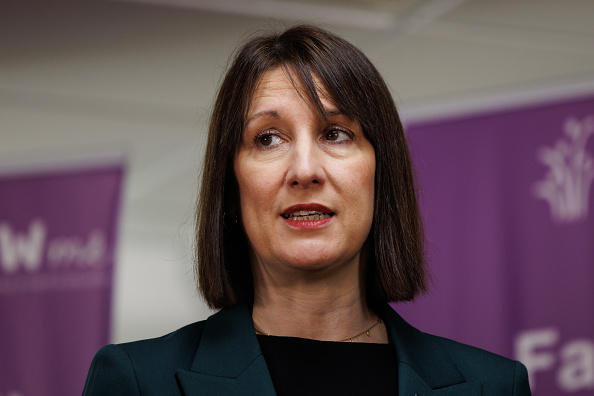More than half (54 per cent) of UK SMEs have already met or exceeded pandemic turnover levels.
One in five (22 per cent) have already exceeded pre-Covid levels while 31 per cent predict they’ll match pre-Covid figures soon. Only one in seven still deem their path to recovery ‘uncertain’.
The study from Paragon Bank also shows that nine in ten businesses feel positive about Covid recovery. This positive sentiment is especially high among SMEs, up from 86 per cent in September to 92 per cent at the end of May.
Companies with fewer than 100 employees expected the fastest rate of recovery, with 64 per cent reporting turnover matching or exceeding pre-pandemic levels, compared to 47 per cent of larger SMEs (100-249 employees).
The survey revealed that 58 per cent of SMEs experienced cash flow difficulties during the pandemic, making it the most common challenge for UK businesses. Loss of profit was the second most common challenge, faced by 53 per cent of SMEs, followed by late payments, which affected one in three (34 per cent).
>See also: How to deal with late payment
Levels of cash reserve remain a key problem for SMEs as they emerge from the pandemic, with four in ten still uncomfortable with their current cash reserves.
Sources of support
Almost half (44 per cent) of SMEs consider the government to be the main source of business support during the pandemic and two thirds (67 per cent) of business owners approve of the level of support provided by the state.
Financial providers and industry and trade bodies were also key sources of support, considered essential by 38 per cent and 36 per cent of SME owners respectively. The furlough scheme was the most commonly taken-up initiative by SMEs, with 44 per cent of business furloughing their employees. More than one in four (27 per cent) used the Coronavirus Job Retention Scheme, Business rates relief (27 per cent) or VAT deferral (26 per cent), while the Coronavirus Business Interruption Loan Scheme (CBILS) was used 19 per cent of owners.
Among the respondents, 12 per cent had already used RLS. Of those, 56 per cent used the funds for cash flow reasons, while 28 per cent invested in more equipment and 27 per cent bought more stock. Take up of RLS was more than double among larger SMEs (100-249 employees), where 31 per cent of businesses made use of the scheme.
Read more
Small businesses struggling to get credit from Recovery Loan Scheme





